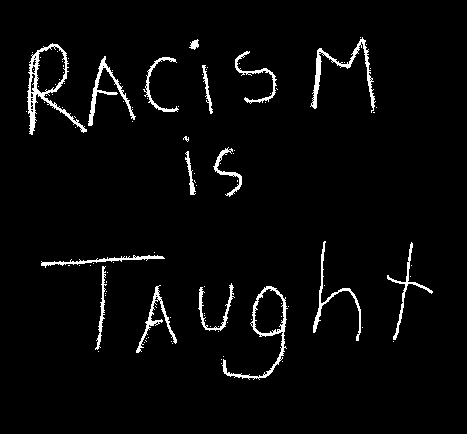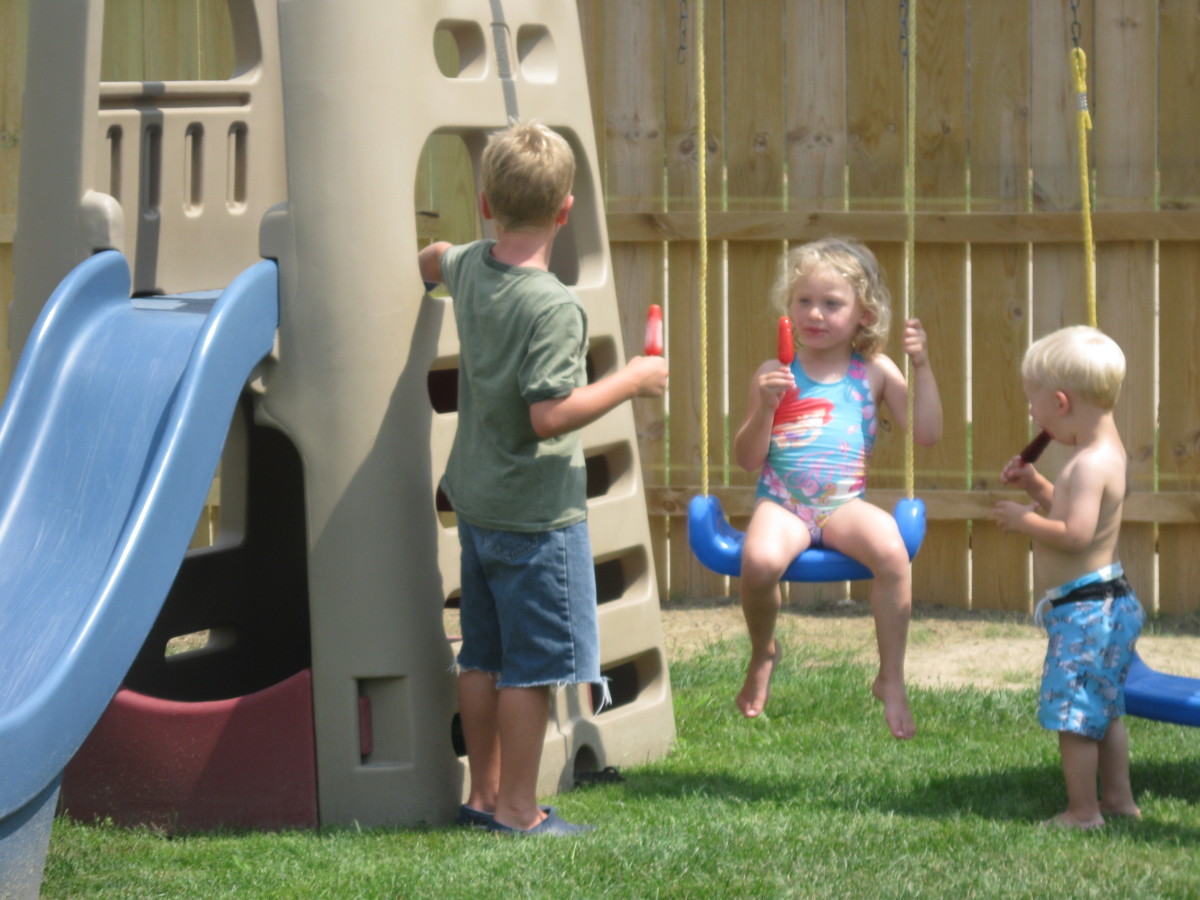Combating Racism in The Preschool Classroom.

Combating Racism in the Preschool
Preschools are facing a changing population of both: staff, families and children. They have increasing migration, intercultural marriages and refugee population and “ more and more diverse children from various sociocultural groups entering early childhood education programs are experiencing feelings of difficulty, loss, insecurity, alienation, isolation and depression, in struggling to adapt to multiple languages, knowledge , expectations, traditions, attitudes, values and educational settings” (Lee & Dallman, 2008, p36).
Discrimination of all forms is detrimental to all involved. Even children who are biased and discrimatory suffer, as it denies them opportunities for learning and shapes their world view in a hateful and fearful way. Children are aware of difference in people from as young as 6 months old (Katz, 2008). By the ages of three or four they are aware of concepts of gender, race and physical differences (Glover, 2001), and “by seven or eight many have developed gender or racist bias (Glover, 2001, p44).
In the classroom I will often hear young boys say "you cant wear that its pink, pink is for girls only" or " I don't want to play with the brown doll, the brown doll is yucky". This shows children's learnt preferences (the white doll is more desirable) and what is acceptable for their gender.
The preschool community can be the first place where education against racism is experienced. Teachers need to be aware of different cultures in theri centre and aware of their teaching enviroenmt. They need to ensure the environemnt is reflecting many cultures and not just a few "token" items. If a child feels their culture is not respected or worthy and one culture is dominant which is not their own then the effects of this type of discrimination can be devastating, leading to “internalized racism – which involves taking in and believing the myth of the dominant culture about minority identity” (Adleman & Enguidanos, 1996, p221).
This can lead to stereotypical phrases and ideas. I remember by best friend who was Chinese at 5 years old coming up to me and telling me "youre a half baked cookie", looking at my pale and I assumed she meant dough like skin I replied "well youre a burnt one". She then said she didnt want to play with half bakes and left me wondering what had just happened. This shows us how families views and feelings can have an influence on children's behaviours and ideas.
Although research has shown that children of all races can be prejudiced “the reality is that white children are much more likely to be deeply prejudiced and act it out in their behaviour” (Lane, 2000, p 118). I also remember my same best friend growing up as a child being the only non-white child in our whole school. She told me as adults that she assumed her family had a disorder and she used to try to rub the "brown" off. This shows that not only the children can be prejudice but also the adults. Not one of her teachers embraced her culture or even acknowledged it, to such a point it was not mentioned.
Racism will effect the family as the child comes home with low self esteem, racist language, stereotypical phrases, poor functioning, shame at their own identity and poor socialization ( Lane, 2000). Socialization is essential for their development, it is “the process through which children acquire the knowledge, skills and behaviours that enable them to take their place in society (York, 2003, p35).
Unfortunately for all of us racism is institutionalized, endemic and systematic.
How can the teacher promote anti-discrimatory behaviour?
A teacher can promote anti-discrimatory behaviour by:
- Vocalizing concerns when discrimination is noticed.
- modeling anti-discrimitory behaviour
- training in the areas of prejudice so as to recognize them
- Self awareness of own prejudices.
- Self awareness around own actions e.g. books chosen, words used and jokes you share.
- Taking an interest in ethnic activities e.g. cooking, festivals and celebrations.
- Be knowledgeable and sensitive about particular cultural needs.
- Exposing the children to various activities and guests.
- being familiar with anti-discrimatory laws
Equipment, images and types of play can discourage discrimination in the play areas, the kitchen, games, songs, stories, dress up clothes and the library area.
These can all reflect variety of cultural behaviours and beliefs.
The qualified care worker is an educationalist and promoter of children’s and family rights. Therefore she/he should be familiar with the legal requirements that underpin anti-discrimatory behaviour. The centers should have an 'open door policy' that welcomes suggestions and feedback. Special needs of children and families should be documented and centers should have ethnic days where cultural differences are celebrated. Teachers need to be educated and encouraged to attend educational courses.
Teachers should show cultural diversity where possible and be familiar with resource people such as the Human Rights Commissioner who can help if a problem were to arise.








